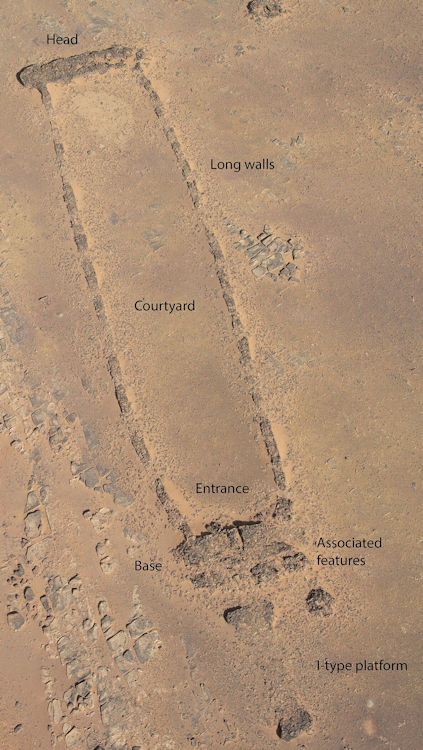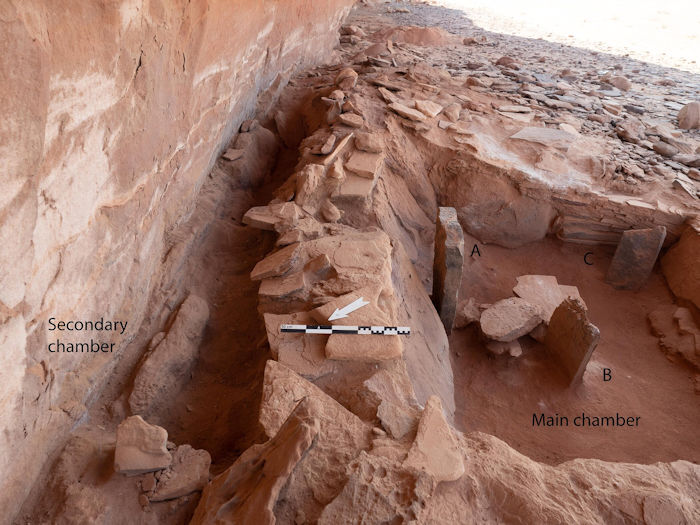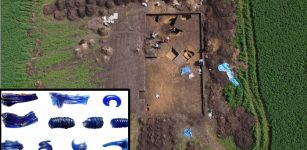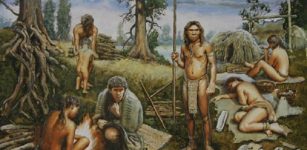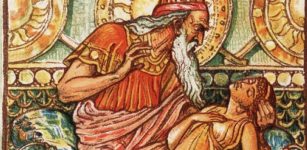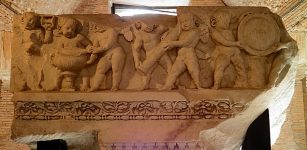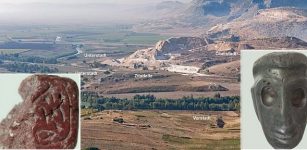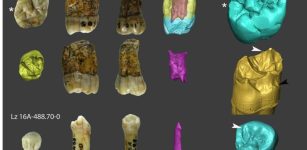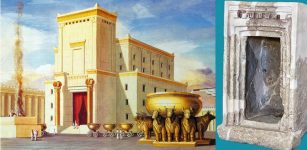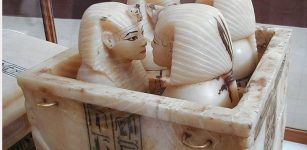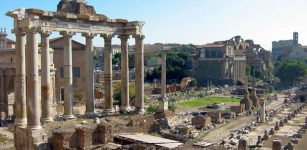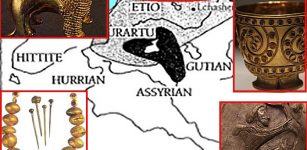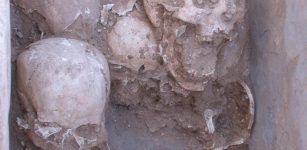Were Mysterious Giant Ancient Mustatils In Saudi Arabia Used For Ritual Purposes?
Jan Bartek - AncientPages.com - A comprehensive analysis of an archaeological site in Saudi Arabia sheds new light on mustatils—stone monuments from the Late Neolithic period thought to have been used for ritual purposes.
Built about 7,000 years ago, mustatils are rectangular, low-walled, stone structures that range from 20 to 600 meters in length. Researchers first discovered them in the 1970s, and more than 1,600 mustatils have now been discovered, primarily concentrated in northern Saudi Arabia.
Main architectural features of a mustatil. Credit: Kennedy et al., 2023, PLOS ONE, CC-BY 4.0
Recent excavations in the city of AlUla suggest that mustatils were used for ritualistic purposes involving the placement of animal offerings. Now, Melissa Kennedy of the University of Western Australia, Perth, and colleagues, in conjunction with The Royal Commission for AlUla, have conducted an extensive excavation at a mustatil located 55 east of AlUla. This mustatil is 140 meters long and is constructed from local sandstone.
The researchers' analysis included identifying 260 fragments of animal skulls and horns, primarily from domestic cattle and domestic goats, gazelle, and small ruminants. Nearly all of these remains were clustered around a large upright stone interpreted as a betyl. Radiocarbon dating suggested that the betyl is one of the oldest identified in the Arabian Peninsula, and the bones provide some of the earliest evidence for the domestication of cattle in northern Arabia.
This study also uncovered evidence for several phases of offerings at the mustatil and interment of an adult male human, suggesting that the site may have been the destination of repeated pilgrimages.
Spatial relationships between the main and secondary chamber. Credit: Kennedy et al., 2023, PLOS ONE, CC-BY 4.0
Taking all the new data into consideration, the researchers suggest that ritualistic belief and economic factors were more closely intertwined for Neolithic people in northwest Arabia than previously thought and that this entanglement was shared over a broad geographic area.
The authors add, "The ritual deposition of animal horns and upper cranial element within the mustatil suggests a profound intersection of belief and economic life-ways in the Late Neolithic of Northern Arabia. The incorporation of these two facets suggests a deeply rooted ideological entanglement, one which was shared over a vast geographic distance, indicating a far more interconnected landscape and culture than had previously been supposed for the Neolithic period in north-west Arabia."
The study was published in PLOS ONE
Written by Jan Bartek - AncientPages.com Staff Writer

